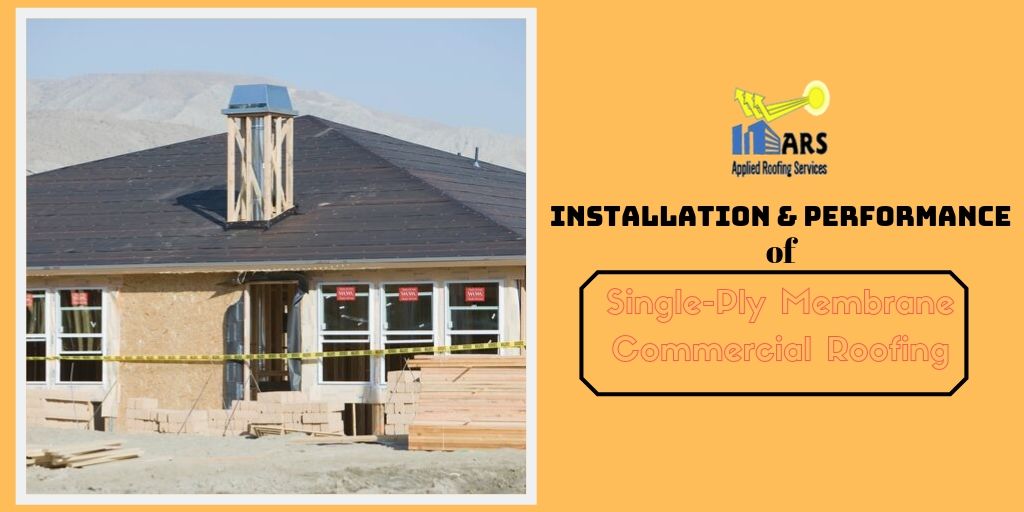


The single-ply membrane is a flexible sheet of compounded plastic-derived material, which is used to protect and cover low-sloped and flat buildings. It is one of the most reliable options for commercial roofing.
Read more to learn about the types, installation procedure, and advantages and disadvantages of single-ply membrane commercial roofing.
The two main types of single-ply membrane commercial roofing include:
Thermoplastic Polyolefin (TPO) is one of the most sought-after commercial roofing systems. It is designed with a single layer of reinforcing scrim and synthetics, which is used to protect flat roofs. It can effectively reflect UV rays.
Ethylene Propylene Diene Monomer (EPDM) is made of a flexible, synthetic rubber compound. This roofing membrane comes in black or white with different thickness levels. It retains heat and keeps your facility warmer during cooler weather.
Your roofing contractor will begin the installation process by removing or cleaning the existing roof. Then, the insulation layers are installed over the roof. A cover board is attached to the single-ply membrane in any one of the three ways:
Both TPO and EPDM single-ply membranes are designed as sheets. Your contractors will just roll out the sheets on your roof.
The single-ply membrane commercial roofing system provides exceptional benefits , which include:
The advantages of a single-ply membrane roofing system outweigh its disadvantages. However, you should remember a few things:
The single-ply membrane roofing system does not require much maintenance. If required, you can install:
It is recommended to get your single-ply membrane roofing system repaired at regular intervals. The membrane is vulnerable to leaks and punctures, so scheduling regular repairs will help you keep your insulation in the best condition.
During the repair session, your roofing contractor will: